Home>Furniture & Design>Living Room Furniture>What Is A Console Table?
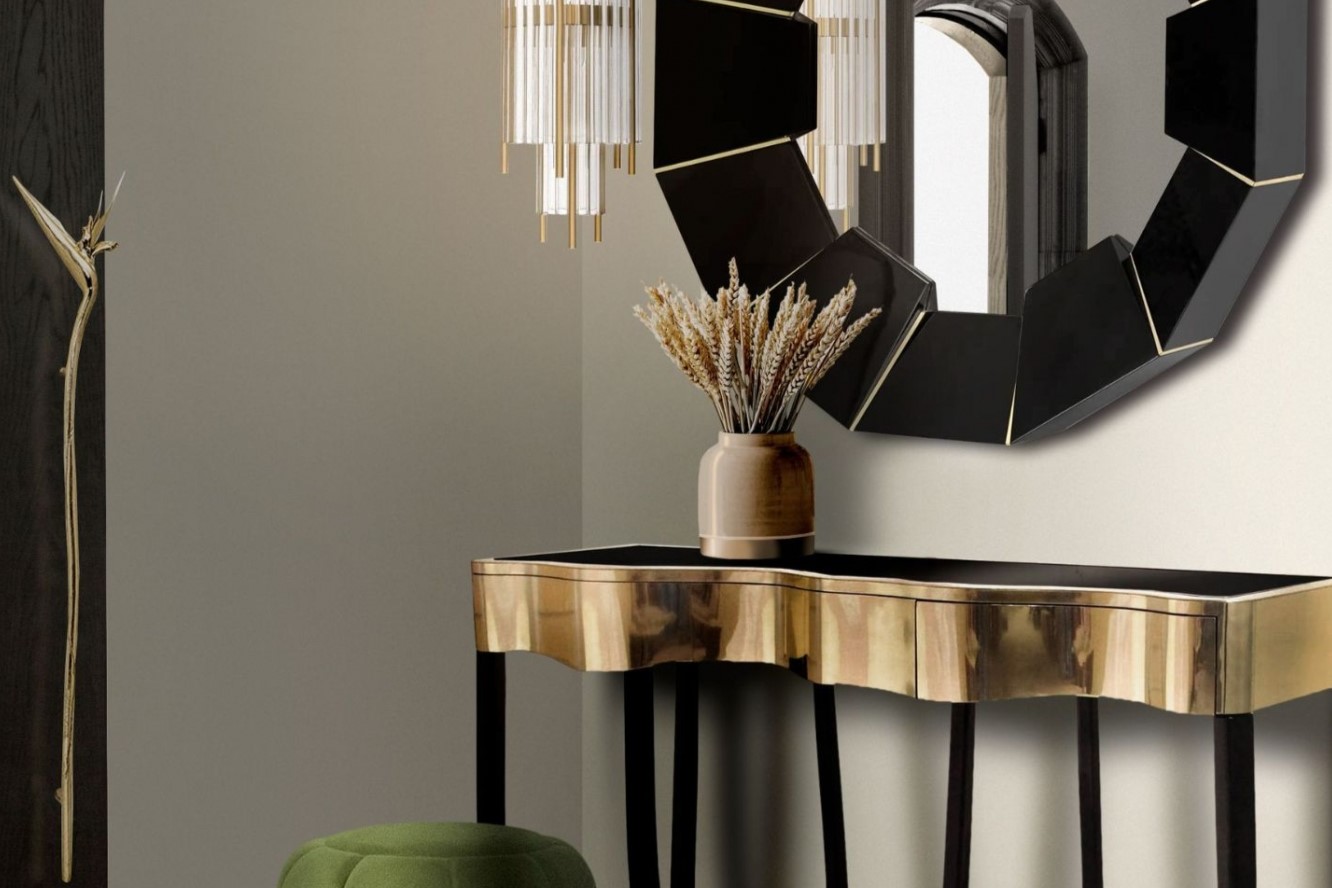

Living Room Furniture
What Is A Console Table?
Modified: January 23, 2024
Discover the versatility and elegance of console tables for your living room. Explore our wide range of living room furniture and design options.
(Many of the links in this article redirect to a specific reviewed product. Your purchase of these products through affiliate links helps to generate commission for Storables.com, at no extra cost. Learn more)
Introduction
Welcome to the world of console tables – versatile pieces of furniture that add both style and functionality to any living room or entryway. Console tables are a design staple that have been used for centuries to enhance the overall aesthetic of a space while providing storage and display opportunities. Whether you’re looking for a place to showcase your favorite decor items or need some extra storage space, a console table might be just what your home needs.
A console table is a narrow and elongated piece of furniture that typically sits against a wall or behind a sofa. It is designed to be functional without taking up too much space, making it perfect for smaller areas or rooms with limited square footage. Console tables are often characterized by their slender profile, allowing them to seamlessly fit into various design styles and provide a focal point for the room.
Console tables have a long and rich history, dating back to ancient times. They were originally used in ancient Egypt and Greece to hold decorative objects and artwork. Throughout the centuries, console tables evolved in style and function, becoming an essential piece in the art of interior design. Today, console tables continue to be a popular choice due to their versatility and ability to transform a space.
Console tables come in a variety of designs and materials, allowing you to find the perfect fit for your home’s aesthetic. From sleek and modern designs to rustic and vintage-inspired pieces, there is a console table to suit every taste. Depending on your needs, you can choose a console table with drawers for extra storage or opt for a more open design to showcase your favorite items.
The uses of console tables are endless. They can serve as a convenient place to drop keys and mail in the entryway, provide a surface for displaying family photos and artwork, or even serve as a makeshift desk or bar area. By adding a console table to your living room, you not only enhance the overall style of the space but also create additional storage and functionality.
In this comprehensive guide, we will explore everything you need to know about console tables. From their history and design features to choosing the right console table for your space and decorating tips, we’ve got you covered. Whether you’re a design enthusiast or simply looking for practical furniture options, join us on this journey to discover the beauty and versatility of console tables.
Key Takeaways:
- Console tables are versatile, stylish, and functional pieces of furniture that can enhance any space, offering storage, display, and practical solutions for various rooms in the home.
- From traditional to modern, console tables come in a variety of styles, materials, and designs, allowing you to find the perfect fit for your home’s aesthetic and functional needs.
Read more: What To Put On A Console Table
Definition of a Console Table
A console table is a narrow and often elongated piece of furniture that is typically placed against a wall or behind a sofa. It is characterized by its slender profile and serves both decorative and functional purposes. Console tables are versatile pieces of furniture that can be found in various rooms of the house, including the living room, entryway, hallway, or even the bedroom.
Console tables are designed with a flat top surface, which provides a space to display decorative items and serve functional purposes. They can be used to exhibit family photos, artwork, or vases of flowers, adding a personal touch to the room’s decor. Additionally, console tables often feature a lower shelf or drawers, providing extra storage space for various items.
One of the defining features of a console table is its narrow width. Unlike other types of tables, console tables are typically much shallower, allowing them to fit into tight spaces without obstructing the flow of the room. This makes console tables an excellent choice for small apartments, hallways, or rooms with limited square footage.
Console tables can be made from a variety of materials, including wood, metal, glass, or a combination of these. The choice of material depends on the desired style and aesthetic of the room. For a traditional or rustic look, wooden console tables are a popular option, while metal or glass console tables can lend a more modern and contemporary feel.
While console tables are often associated with the living room, they can also be used in other areas of the house. In the entryway, a console table can serve as a practical spot to store keys, wallets, and mail, keeping the area organized. In the bedroom, a console table can be used as a vanity or a place to display perfume bottles and jewelry.
Overall, a console table is a versatile piece of furniture that adds style, storage, and functionality to any room. Whether you are looking to enhance the aesthetic appeal of your living space or create a practical storage solution, a console table is a valuable addition to your home.
History of Console Tables
The origins of console tables can be traced back to ancient times. They have a rich history that spans across different cultures and centuries, evolving from simple decorative platforms to versatile pieces of furniture. Let’s uncover the fascinating journey of console tables through history.
The earliest known examples of console tables can be found in ancient Egypt and Greece. In ancient Egypt, console-like tables were used to hold precious objects, such as statues and artifacts, within temples and palaces. They were typically made of stone and adorned with intricate carvings and hieroglyphics, showcasing the craftsmanship of the time.
In ancient Greece, console tables served as display platforms for valuable possessions and offerings in temples and homes. They were often made of marble or other luxurious materials and featured ornate details, such as engraved patterns and sculptural embellishments. These console tables showcased the wealth and status of the owners.
During the Renaissance period in Europe, console tables became more prevalent in homes. They were often placed against walls and adorned with decorative elements that reflected the artistic style of the time. These tables served both practical and aesthetic purposes, providing a surface for displaying artwork, vases, and other decorative items.
In the 18th and 19th centuries, console tables experienced a surge in popularity. They became an essential part of the neoclassical and Rococo interior design styles. Elaborately carved console tables with intricate details and gilded finishes were highly sought after by the aristocracy and bourgeoisie. These tables were often displayed in grand halls, royal palaces, and affluent homes, showcasing the owner’s wealth and refined taste.
With the rise of modern and contemporary design in the 20th century, console tables underwent further transformations. They became more streamlined and functional, adapting to the changing needs and lifestyles of people. The focus shifted towards simplicity and practicality, with console tables featuring clean lines, minimalistic designs, and the use of materials such as metal and glass.
Today, console tables continue to be a popular choice in interior design. They have evolved to suit various design preferences, from traditional to modern and everything in between. Console tables are now widely used in different rooms of the house, including living rooms, entryways, and even bedrooms, offering versatility and functionality.
The history of console tables showcases the enduring appeal and adaptability of these furniture pieces. From their humble beginnings in ancient civilizations to becoming staples of contemporary interior design, console tables have stood the test of time and continue to enhance the beauty and functionality of our living spaces.
Features and Design of Console Tables
Console tables are beloved for their unique features and versatile designs. They offer both functional and aesthetic benefits that can enhance any space. Let’s explore the key features and design elements of console tables.
One of the most noticeable features of console tables is their slender and elongated design. Unlike other tables, console tables are typically narrower and shallower, allowing them to fit against walls or in small spaces without obstructing the flow of the room. This makes them a practical choice for entryways, hallways, or rooms with limited square footage.
Console tables typically consist of a flat top surface, which provides a space for displaying decorative items or serving practical purposes. The top surface can accommodate a variety of items, such as lamps, vases, framed photographs, or even a small collection of books. This makes console tables a focal point for showcasing personal style and adding visual interest to a room.
Many console tables also feature additional storage options such as drawers, shelves, or cabinets. These storage compartments provide convenient space for organizing and storing various items, including keys, mail, or small accessories. Console tables with storage are particularly useful in entryways or living rooms, where you may need easy access to everyday essentials.
Console tables are available in a wide range of designs and materials to suit different styles and aesthetics. Traditional console tables often feature intricate carvings, ornamental details, and luxurious materials such as wood with elaborate finishes. On the other hand, modern and contemporary console tables tend to emphasize clean lines, sleek surfaces, and the use of materials like metal or glass.
The shape and structure of console tables can also vary. Some console tables have straight and simple designs, while others may have curved or arched edges for a more artistic look. Additionally, certain console tables may have legs that are intricately carved or feature unique shapes, adding to their overall visual appeal.
The color and finish of console tables also contribute to their design. Wood console tables can be found in a variety of finishes, from natural and light-colored woods to darker stains or painted options. Metal console tables can have finishes like polished chrome, brushed brass, or powder-coated colors, adding a contemporary touch to the design.
Console tables can be versatile pieces of furniture that can be used in different rooms of the house. While they are commonly found in living rooms and entryways, they can also be placed in dining rooms, bedrooms, or even home offices. The flexibility of console tables allows them to serve various functions, from holding a serving tray during dinner parties to acting as a stylish vanity in a bedroom.
Whether you prefer a classic, vintage-inspired console table or a modern, minimalist design, there is a console table to suit every taste and style. The wide array of features and design options ensures that you can find the perfect console table to complement your home decor and meet your specific needs.
Uses and Benefits of Console Tables
Console tables are versatile pieces of furniture that offer a range of uses and benefits. They can serve as functional storage solutions, decorative elements, and even multipurpose surfaces. Let’s explore the various uses and advantages of incorporating console tables into your home.
One of the primary uses of console tables is to enhance the overall functionality of a space. You can place a console table in an entryway or hallway to create a designated spot for dropping keys, mail, and other daily essentials. This helps to keep your entryway organized and prevents clutter from accumulating in other areas of your home.
Console tables can also serve as display areas for showcasing your favorite decor items. You can use the top surface to exhibit family photos, artwork, decorative vases, or even a statement lamp. By arranging these items in an aesthetically pleasing way, you can add a personal touch and elevate the visual appeal of your living room or hallway.
In addition to their decorative function, console tables can provide valuable storage space. Many console tables feature drawers, shelves, or cabinets, allowing you to stow away items that you want to keep out of sight. This can be particularly useful for small living spaces or rooms where storage is limited.
Another benefit of console tables is their ability to act as versatile surfaces. Depending on the height and design of the table, console tables can be used as makeshift desks, serving areas, or even bar counters. This makes them a valuable addition to homes with limited space or those that require multifunctional furniture pieces.
The placement of a console table behind a sofa can create a more cohesive and balanced living room arrangement. It not only acts as a stylish visual anchor but also provides a convenient surface for placing drinks, snacks, or remote controls within easy reach when you are lounging on the sofa.
Console tables are also ideal for filling empty wall spaces. They bring life and purpose to neglected areas, transforming them into functional and visually appealing corners. By choosing a console table with complementary design elements, you can enhance the overall aesthetics of your room and create a cohesive look.
Furthermore, console tables are relatively easy to move and reposition as needed. They are lightweight compared to larger pieces of furniture, making it convenient to rearrange your space or try out different room layouts. This flexibility allows you to experiment with different design ideas and adapt your console table to suit any changes in your living environment.
Overall, console tables offer a range of uses and benefits that can enhance the function, organization, and aesthetic of your home. Whether you need a practical storage solution, a decorative focal point, or a multi-purpose surface, a console table is a versatile piece of furniture that can elevate the style and functionality of any room.
Read more: What Is A Console Table Used For
Popular Materials for Console Tables
Console tables are available in a variety of materials, each offering its own unique characteristics and aesthetic appeal. The choice of material for your console table can greatly impact its overall look and feel. Here are some popular materials commonly used in the construction of console tables:
1. Wood: Wood is a classic and timeless material for console tables. It adds warmth and elegance to any space. Different types of wood, such as oak, mahogany, walnut, or reclaimed wood, each bring their own distinct characteristics. Wood console tables can be finished in various stains or left natural for a rustic appearance. They work well in traditional, farmhouse, or rustic interior styles.
2. Metal: Metal console tables offer a more contemporary and sleek look. Materials like stainless steel, iron, or brass are often used to create streamlined and minimalist designs. Metal console tables can feature clean lines and geometric shapes, making them suitable for modern, industrial, or eclectic interiors. They are also durable and easy to clean.
3. Glass: Glass console tables add a touch of sophistication and transparency to a space. They create an illusion of openness and can make a small room appear larger. Glass tops can be combined with metal or wooden frames to create a harmonious blend of materials. Glass console tables are versatile and work well in modern, contemporary, or even glamorous styles.
4. Marble: Marble console tables are luxurious and timeless. The natural beauty and unique veining of marble make each piece one-of-a-kind. Marble tops can be paired with metal or wooden bases to create a striking contrast. Marble console tables exude elegance and work well in both traditional and contemporary settings.
5. Acrylic: Acrylic console tables provide a modern and sleek look with a touch of transparency. They are lightweight, versatile, and can fit seamlessly into small spaces. Acrylic console tables can be found in various colors and shapes, allowing for a fun and playful design. They work particularly well in contemporary, minimalist, or eclectic interiors.
6. Rattan or Wicker: Rattan or wicker console tables bring a natural and organic feel to a space. They are lightweight, durable, and can add texture and warmth to a room. Rattan or wicker console tables are commonly found in coastal, bohemian, or tropical interior styles, adding a relaxed and casual atmosphere.
When choosing the material for your console table, consider the overall style and theme of your space, as well as the durability and maintenance needs of the material. Each material has its own distinct characteristics that can enhance the overall design and functionality of your console table.
By selecting a console table that is crafted from a material that resonates with your personal style and fits seamlessly into your home, you can create a focal point that adds beauty and functionality to your living space.
When choosing a console table, consider the size and scale of the space it will be placed in. A smaller room may benefit from a narrow console table, while a larger space can accommodate a wider table.
Styles and Types of Console Tables
Console tables come in a wide array of styles and types, offering endless options to suit various interior design preferences and functional needs. Whether you prefer a classic and traditional look or a sleek and modern aesthetic, there is a console table style that will complement your space. Let’s explore some popular styles and types of console tables:
1. Traditional: Traditional console tables are characterized by their ornate detailing, curved lines, and rich wood finishes. They often feature intricate carvings and embellishments, adding an elegant and sophisticated touch to any space. These tables are perfect for homes with classic or vintage-inspired interior styles.
2. Modern: Modern console tables are known for their clean lines, sleek surfaces, and minimalist designs. They emphasize simplicity and functionality, often incorporating materials such as metal and glass. Modern console tables can be found in a variety of colors and finishes, making them ideal for contemporary or urban interior styles.
3. Rustic: Rustic console tables have a charming and organic appeal. They often feature distressed finishes, natural wood grains, and raw edges. Rustic console tables are perfect for creating a cozy and welcoming atmosphere in farmhouse-style homes or spaces inspired by nature.
4. Industrial: Industrial console tables showcase a combination of metal and wood elements. They feature sturdy and utilitarian designs, often resembling vintage factory or warehouse furniture. These tables are characterized by their raw and rugged appearance, making them a great addition to industrial or loft-inspired interiors.
5. Mid-Century Modern: Mid-century modern console tables draw inspiration from the design era of the 1950s and 1960s. They often feature clean lines, tapered legs, and simple yet striking geometric shapes. With their timeless appeal, mid-century modern console tables are versatile and work well in a variety of interior styles.
6. Mirrored: Mirrored console tables add a touch of glamour and elegance to any space. They feature mirrored surfaces or panels, creating a reflective and visually stunning effect. Mirrored console tables are perfect for adding a touch of luxury to contemporary, glam, or Hollywood regency interiors.
7. Floating: Floating console tables are wall-mounted and appear to be floating, without visible legs or supports. These tables create a sleek and space-saving solution, particularly in small rooms or narrow hallways. Floating console tables are modern and minimalist, offering a unique and stylish look.
8. Demilune: Demilune console tables are half-moon or crescent-shaped, with a flat back that rests against the wall. They are perfect for spaces with limited room or rooms with curved walls. Demilune console tables add a touch of elegance and sophistication, particularly in traditional or French country-inspired interiors.
9. Nesting: Nesting console tables come in sets of two or more, with smaller tables fitting snugly under the larger one. These tables offer versatility and flexibility, allowing you to rearrange them to suit your needs. Nesting console tables are practical and space-saving options for those who desire multiple surface areas.
10. Convertible: Convertible console tables are designed to transform into different functional pieces. They may have extendable tops, hidden compartments, or adjustable heights, allowing them to convert into dining tables, desks, or even beds. Convertible console tables are ideal for compact living spaces or those who value versatility.
These are just a few examples of console table styles and types, showcasing the diversity and versatility of this furniture piece. When choosing a console table, consider the overall style of your space and the specific functionality you require. By selecting a console table that matches your design preferences and meets your needs, you can create a statement piece that adds both style and practicality to your home.
How to Choose the Right Console Table for Your Space
Choosing the right console table for your space involves considering a variety of factors, including style, size, functionality, and placement. Here are some key considerations to help you select the perfect console table:
1. Determine your style: Consider the existing style and decor of your space. Are you looking for a console table that complements a traditional, modern, rustic, or eclectic aesthetic? Choosing a console table that aligns with your style will ensure a cohesive and harmonious look.
2. Measure your space: Measure the area where you plan to place the console table to ensure it fits properly. Take into account the width, height, and depth of the table, as well as any clearance needed for doors, windows, or other furniture pieces nearby. A console table that is too large or too small can disrupt the balance of the room.
3. Consider functionality: Determine how you will primarily use the console table. Do you need storage in the form of drawers or shelves? Will it be used as a display surface or a practical spot for dropping keys and mail? Understanding the intended function of the table will help you choose a design that meets your specific needs.
4. Pay attention to material and finish: Consider the material and finish of the console table, as it can greatly impact its appearance and durability. Wood offers a warm and timeless feel, while metal and glass provide a more modern and sleek look. The finish should complement the other furniture in your space and withstand everyday wear and tear.
5. Evaluate the shape and design: Decide on the shape and design of the console table based on your preferences and the available space. Straight and rectangular tables offer a classic look, while rounded or demilune tables can add a touch of elegance. The design and details of the table should enhance the overall aesthetic of the room.
6. Think about practicality and maintenance: Consider how practical the console table will be in terms of cleaning and maintenance. Smooth surfaces and materials that are easy to clean can be more convenient, especially in high-traffic areas. Additionally, choose a table that is sturdy and well-built to ensure long-lasting durability.
7. Pay attention to balance and proportion: The console table should complement the scale and proportions of the room. Consider the height of the table in relation to other furniture pieces, such as sofas or chairs, to ensure a balanced look. A console table that is too low or too high can disrupt the visual harmony of the space.
By taking these factors into consideration, you can choose a console table that not only fits your style and space but also meets your functional needs. Remember to visualize the table in your room before making a final decision and consider how it will enhance the overall aesthetic and functionality of your living space.
Decorating Ideas and Tips for Console Tables
Console tables provide a versatile canvas for showcasing your personal style and creativity. With the right decor and design elements, you can transform a console table into a stunning focal point in your space. Here are some decorating ideas and tips to help you make the most of your console table:
1. Create a focal point: Place a large statement piece, such as a piece of artwork, a mirror, or an oversized vase, at the center of the console table to create a focal point. This draws attention and adds visual interest to the table and the entire room.
2. Layer and vary heights: Add depth and dimension by layering objects of different heights on the console table. Arrange decor items in a cascading or stepped manner, ensuring that taller objects are placed at the back and shorter items are placed in front. This creates visual interest and prevents the arrangement from appearing flat.
3. Mix textures and materials: Combine different textures, materials, and finishes to add visual intrigue. Pair smooth surfaces with rough textures, and mix materials like wood, metal, glass, or ceramics. This creates contrast and adds depth to the overall look of the console table.
4. Play with symmetry and asymmetry: Depending on your style preference, you can create a symmetrical or asymmetrical arrangement on the console table. Symmetry creates a sense of balance and order, while asymmetry adds a dynamic and eclectic feel. Experiment with both approaches to see which suits your space best.
5. Use decorative trays: Place a decorative tray on the console table as a practical and stylish way to corral smaller items. Use the tray to hold everyday essentials, such as keys, wallets, or candles. This keeps the surface organized and adds a polished touch to the overall look of the table.
6. Add greenery and natural elements: Incorporate live or faux plants and flowers on the console table to bring a touch of nature indoors. This adds freshness and vitality to the space. Choose plants that thrive in the lighting conditions of your room and consider using interesting planters or vases to enhance the aesthetic appeal.
7. Incorporate lighting: Consider adding a table lamp or a pair of matching lamps to the console table to provide task lighting or create ambiance in the room. The lamps can serve both functional and decorative purposes, adding warmth and a cozy ambiance to the space, especially in the evenings.
8. Personalize with meaningful items: Display personal items, such as framed photographs, sentimental objects, or souvenirs, to add a personal touch to the console table. This makes the space uniquely yours and sparks conversation with guests who visit your home.
9. Change decor seasonally: Refresh the look of your console table by changing the decor seasonally. Utilize festive decorations during holidays or rotate decor items to reflect the changing seasons. This keeps the console table dynamic and ensures that it always feels current and relevant.
10. Edit and declutter regularly: As with any surface in your home, it’s important to regularly edit and declutter the items on your console table. Keep the arrangement clean and curated, allowing each piece to shine and the overall design to be appreciated.
Remember, the key to decorating a console table is to strike a balance between style and functionality. Play with different ideas, mix and match decor elements, and most importantly, let your personal taste and creativity guide you. With these tips, you can transform your console table into a stunning showcase that reflects your unique style and brings life to your space.
Read more: How To Build A Console Table
Maintenance and Care of Console Tables
Proper maintenance and care of your console table are essential to keep it looking its best and ensure its longevity. By following a few simple guidelines, you can preserve the beauty and functionality of your console table for years to come. Here are some maintenance and care tips:
1. Dust regularly: Dust your console table on a regular basis using a soft, lint-free cloth or a feather duster. This helps to prevent the buildup of dirt and dust particles, which can dull the surface of your table over time. Be sure to dust all areas, including the top, sides, legs, and any decorative details.
2. Avoid direct sunlight: Protect your console table from direct sunlight, as prolonged exposure can cause fading and discoloration. If your table is placed near a window, consider using curtains or blinds to filter sunlight, or reposition the table to a more shaded area of the room.
3. Use coasters and trivets: Use coasters or trivets under hot or cold objects, such as beverages, dishes, or serving trays, to prevent permanent damage to the surface of your table. Heat or moisture can leave unsightly water rings or marks that may be difficult to remove.
4. Clean spills immediately: Accidental spills happen, so it’s important to clean them up promptly to prevent staining or damage. Use a soft, damp cloth to gently blot the spilled liquid, being careful not to rub or scrub vigorously as it can spread the spill or cause the finish to deteriorate.
5. Avoid harsh cleaners and chemicals: When cleaning your console table, avoid using harsh chemicals, abrasive cleansers, or furniture polishes that may contain alcohol, ammonia, or bleach. These can strip the finish and damage the surface. Instead, opt for mild soap or diluted gentle cleaning solutions specifically formulated for wood or the material of your console table.
6. Handle with care: When moving or rearranging your console table, take care to lift and carry it properly to avoid scratching or damaging the surface. Enlist the help of another person if needed, especially if the table is large or heavy. Avoid dragging or sliding the table, as it can cause unnecessary stress on the legs and joints.
7. Address scratches or marks: If your console table develops scratches or marks, there are several options for repairing them. For minor surface scratches, you can try using a touch-up marker or a furniture pen that matches the color of your table’s finish. For deeper scratches, consult a professional furniture restorer or consider utilizing specialized repair kits designed for your specific table material.
8. Maintain humidity levels: Wood console tables can be sensitive to changes in humidity, which can cause the wood to expand or contract. It’s important to maintain consistent humidity levels in the room, avoiding extreme dryness or excessive humidity. Use a humidifier or dehumidifier if necessary to keep the environment stable.
9. Follow manufacturer’s instructions: Each console table may have specific care recommendations from the manufacturer. Be sure to consult the care instructions provided with your table and follow them accordingly. These instructions may include specific cleaning products to use or additional guidelines to ensure the longevity and beauty of your console table.
By incorporating these maintenance and care practices into your routine, you can preserve the beauty and functionality of your console table. Regular cleaning, protecting against excessive sunlight and moisture, and addressing any issues promptly will help your table continue to be an attractive and functional piece in your home for years to come.
Conclusion
Console tables are versatile and stylish pieces of furniture that can enhance the aesthetic appeal and functionality of any space. From their origins in ancient civilizations to their modern interpretations, console tables have evolved to suit a variety of design styles and serve various purposes. Whether you need additional storage, a surface to showcase your favorite decor items, or a practical spot for everyday essentials, there is a console table that will meet your needs and elevate your home decor.
Throughout this guide, we’ve explored the definition, history, features, and benefits of console tables. We’ve also delved into the various materials, styles, and types available, providing you with a wealth of options to choose from. Additionally, we’ve offered tips on selecting the right console table for your space and provided decorating ideas to help you make the most of this versatile piece of furniture.
Remember, when choosing a console table and decorating it, it’s important to consider your personal style, the size and layout of your space, and the intended function of the table. Whether you prefer a traditional, rustic, modern, or eclectic design, there is a console table that will suit your taste and fit seamlessly into your home.
To ensure the longevity and beauty of your console table, proper maintenance and care are essential. Dusting regularly, protecting from direct sunlight, using coasters for hot and cold objects, and addressing spills promptly will help preserve its appearance and functionality. Additionally, following the manufacturer’s instructions and handling the table with care will contribute to its longevity.
In conclusion, console tables offer both style and functionality, making them a valuable addition to any living room, entryway, hallway, or bedroom. Whether you are looking for a statement piece or a space-saving solution, console tables have the versatility to meet your needs. With their ability to showcase your personal style and enhance the organization and aesthetics of your space, console tables are truly a valuable asset in the world of furniture and design.
Frequently Asked Questions about What Is A Console Table?
Was this page helpful?
At Storables.com, we guarantee accurate and reliable information. Our content, validated by Expert Board Contributors, is crafted following stringent Editorial Policies. We're committed to providing you with well-researched, expert-backed insights for all your informational needs.
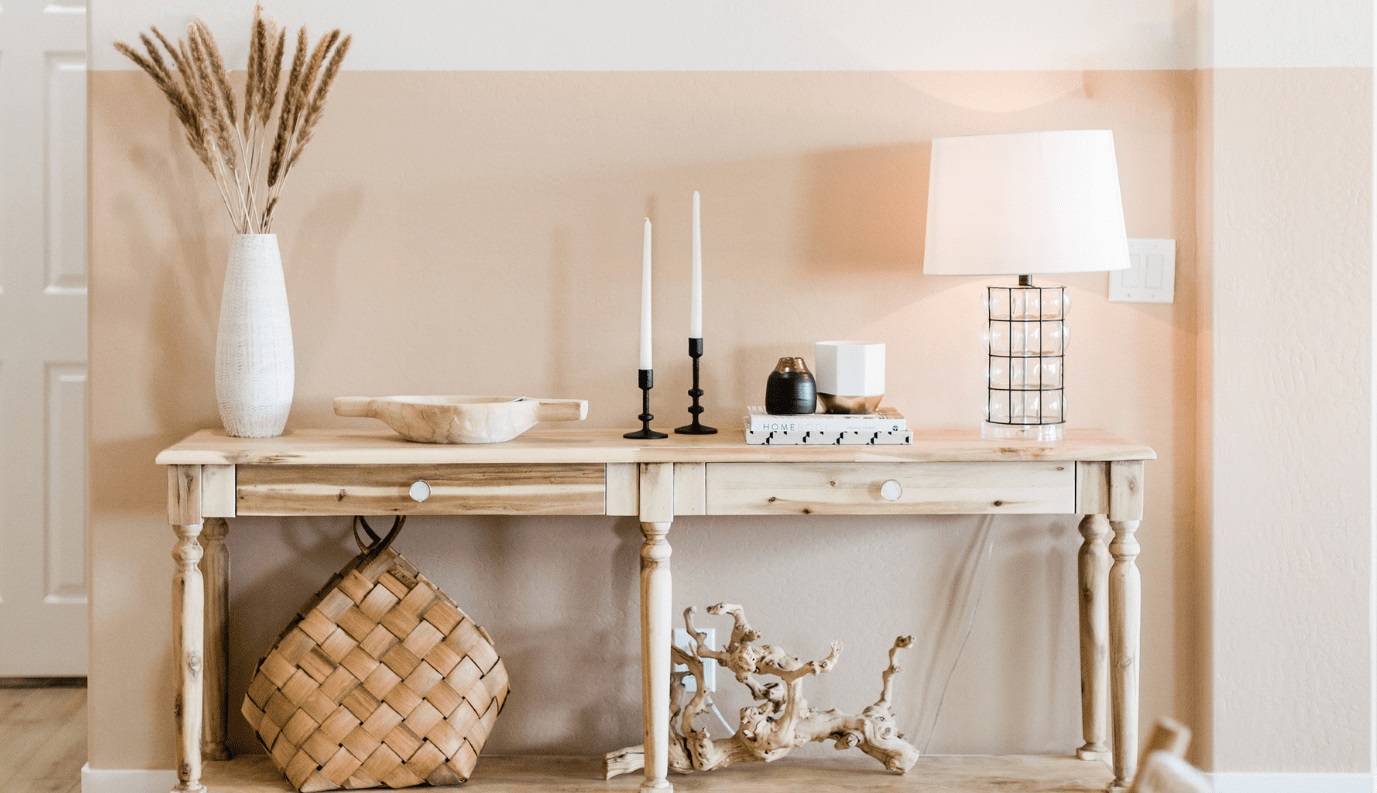
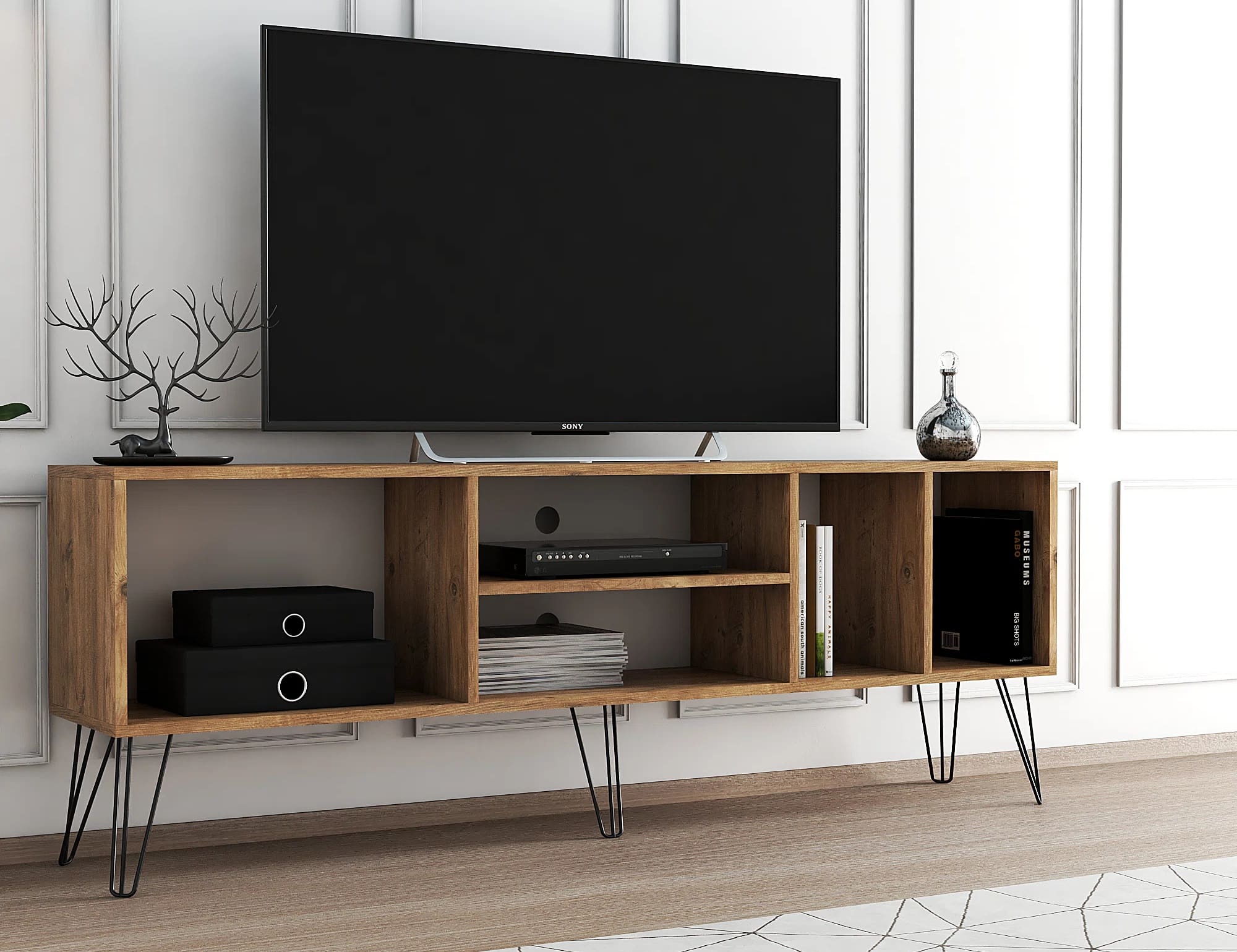
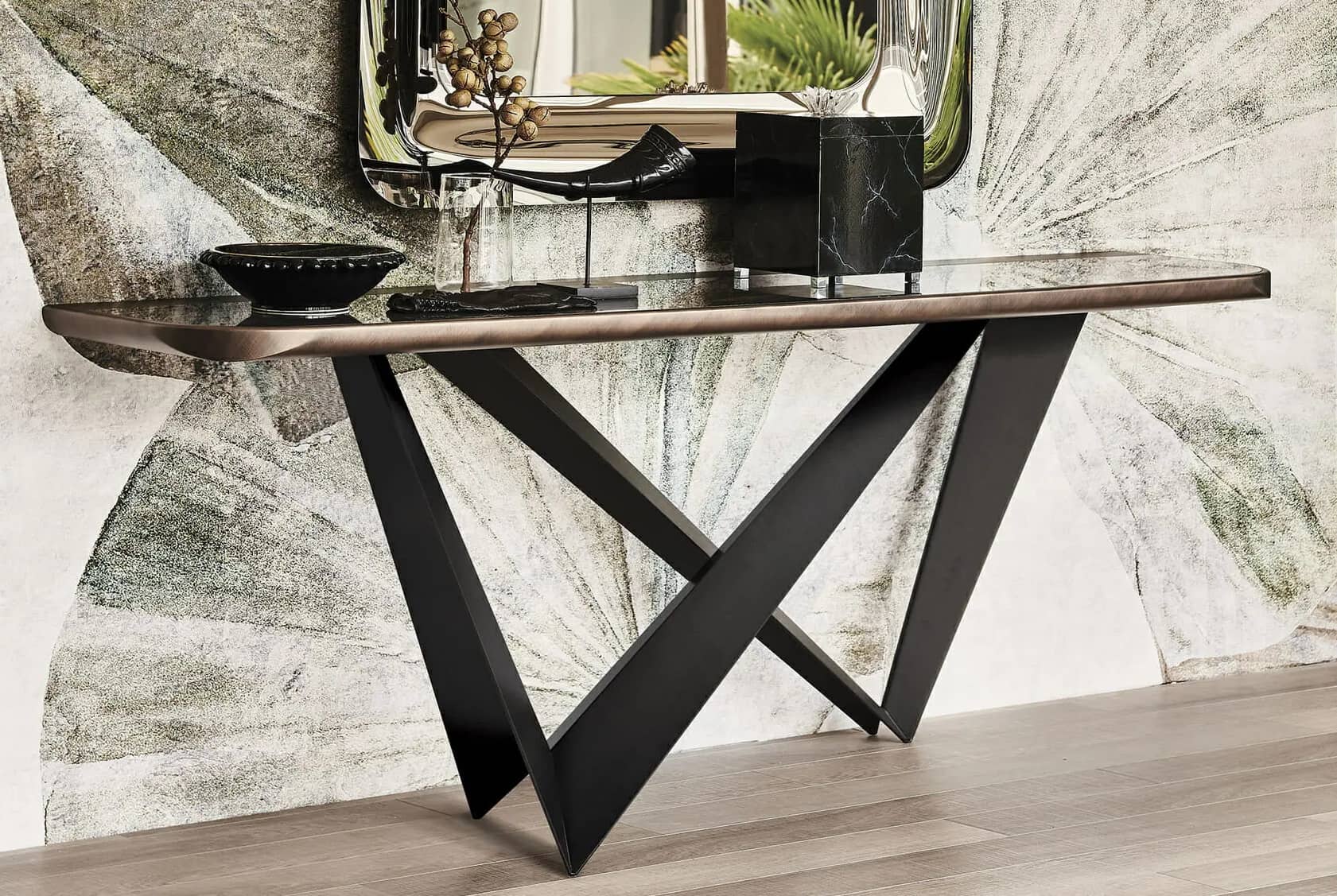
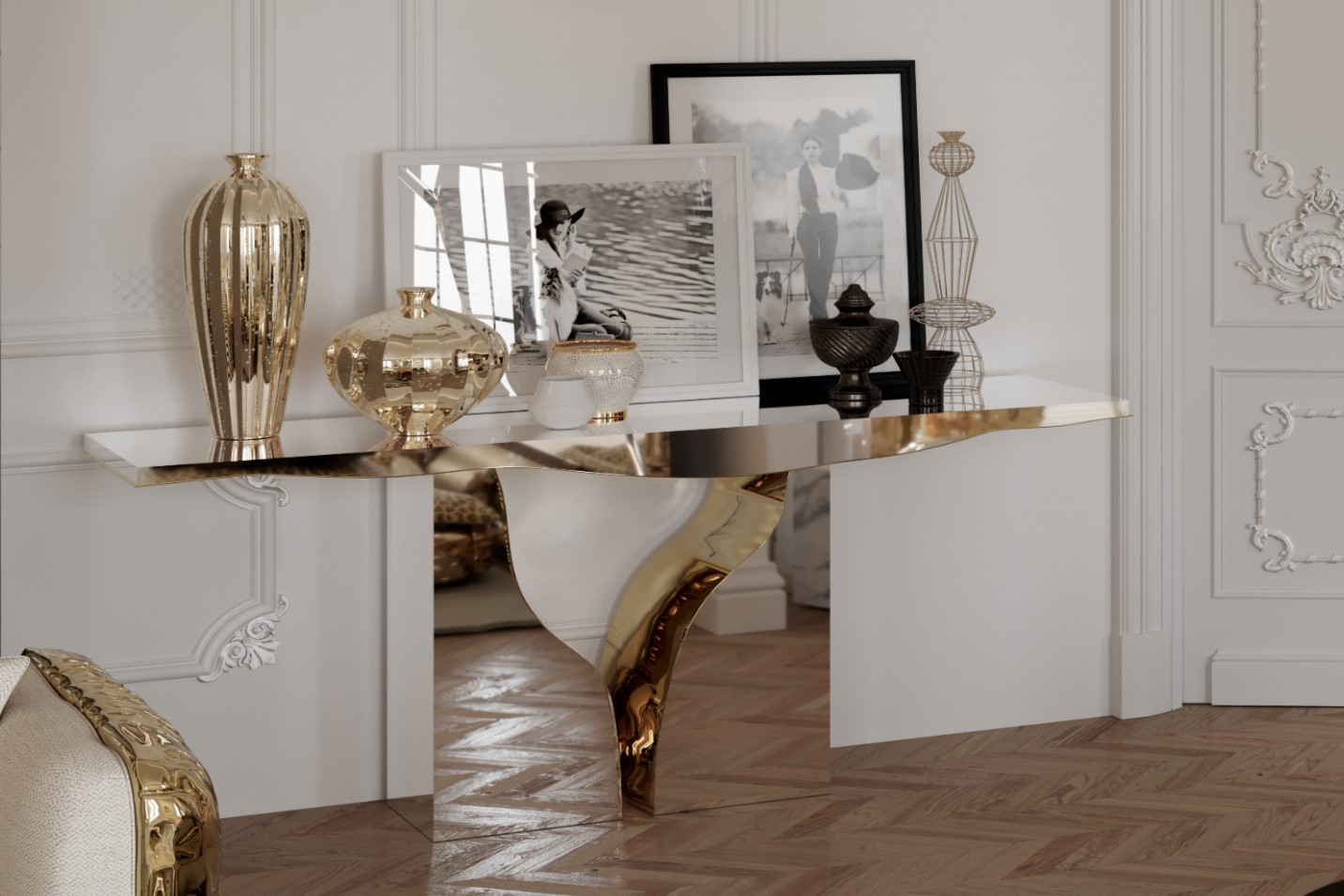
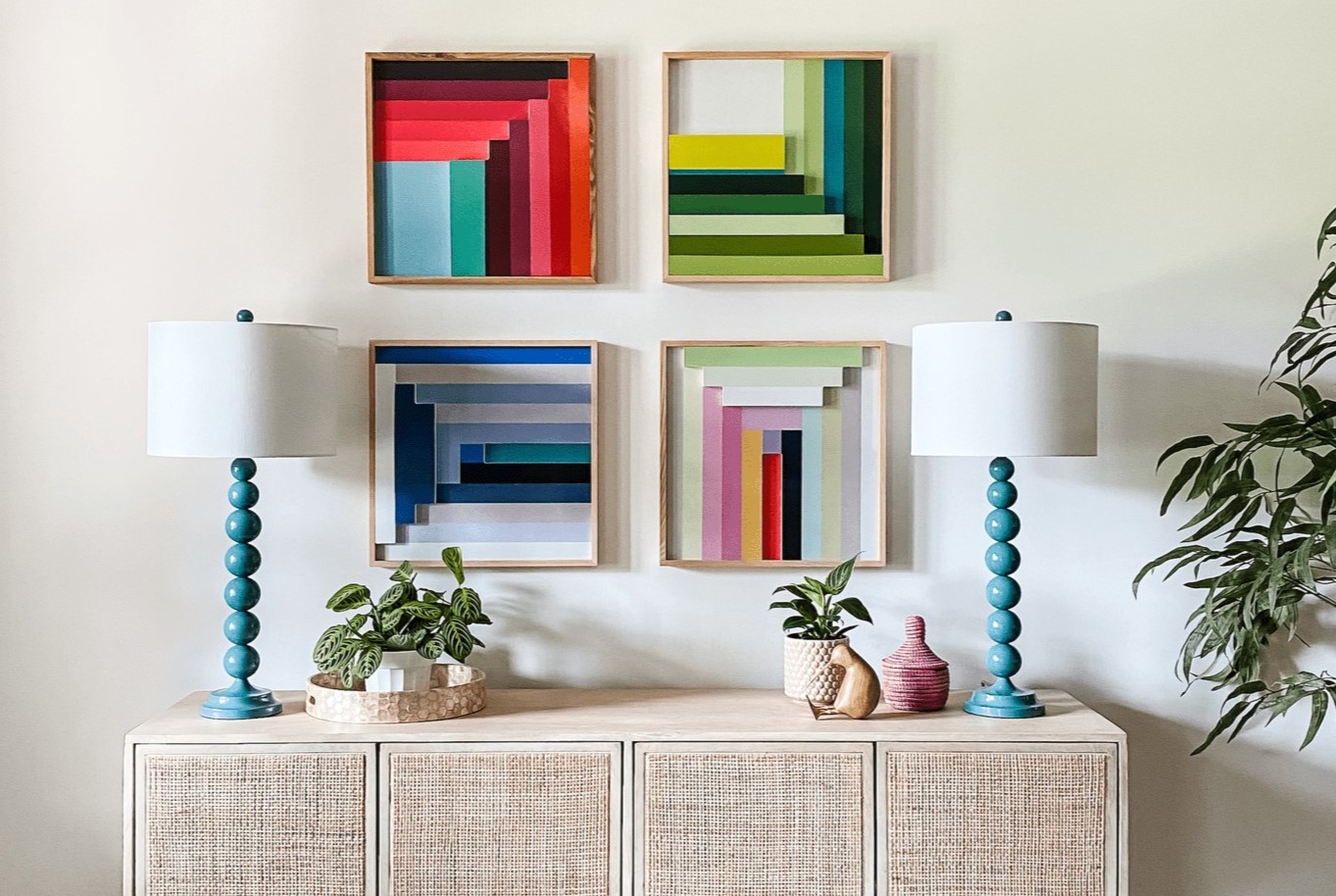
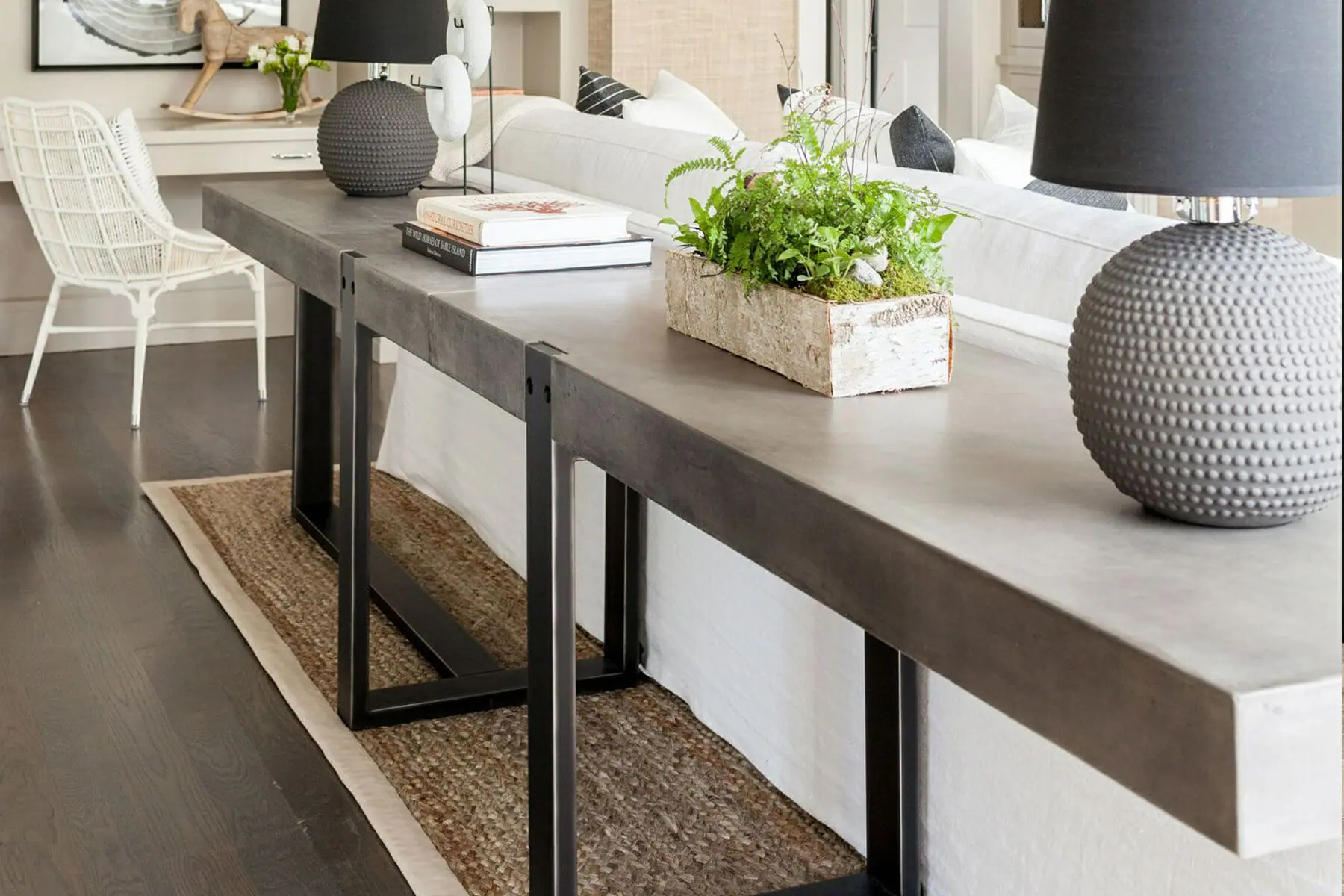
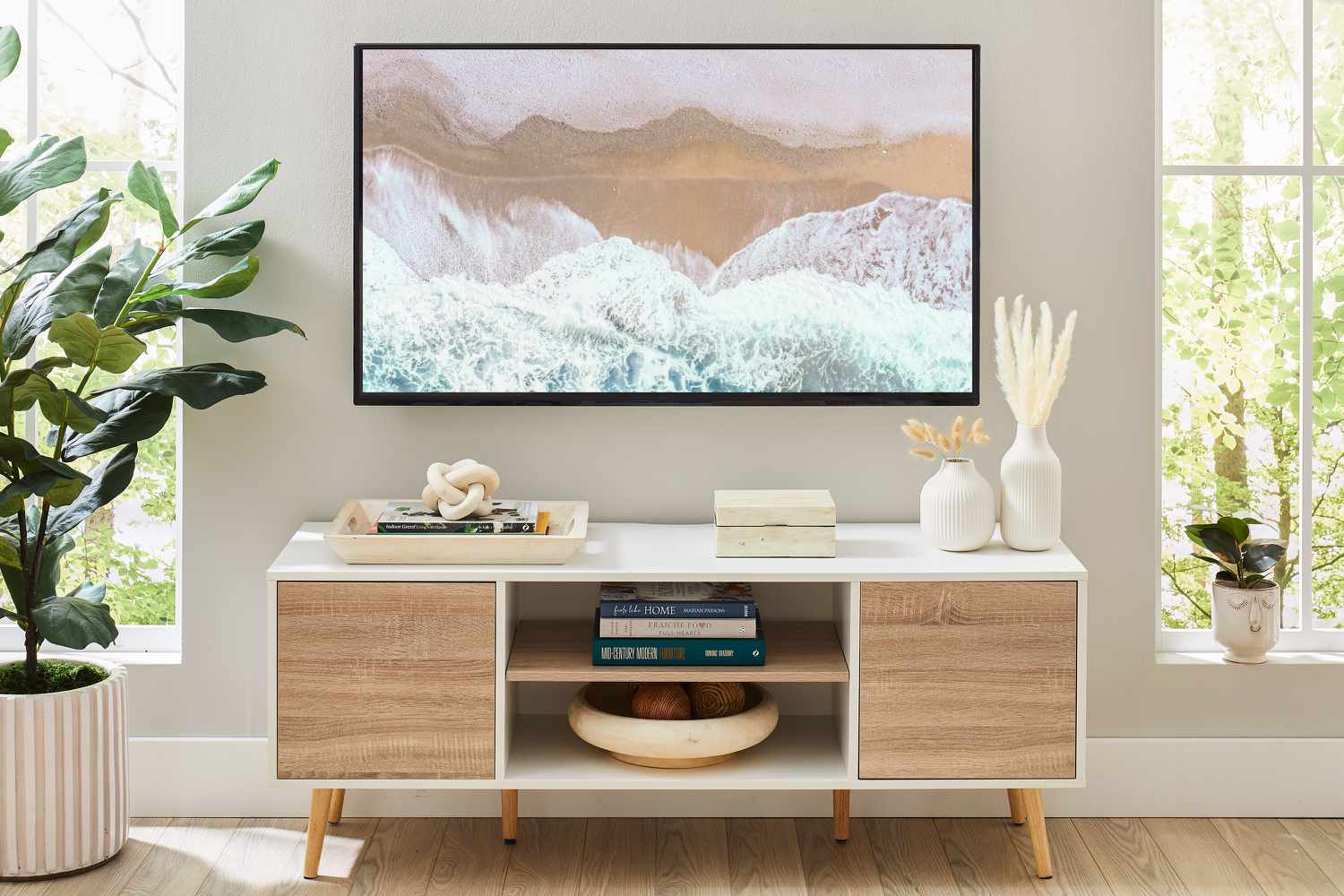
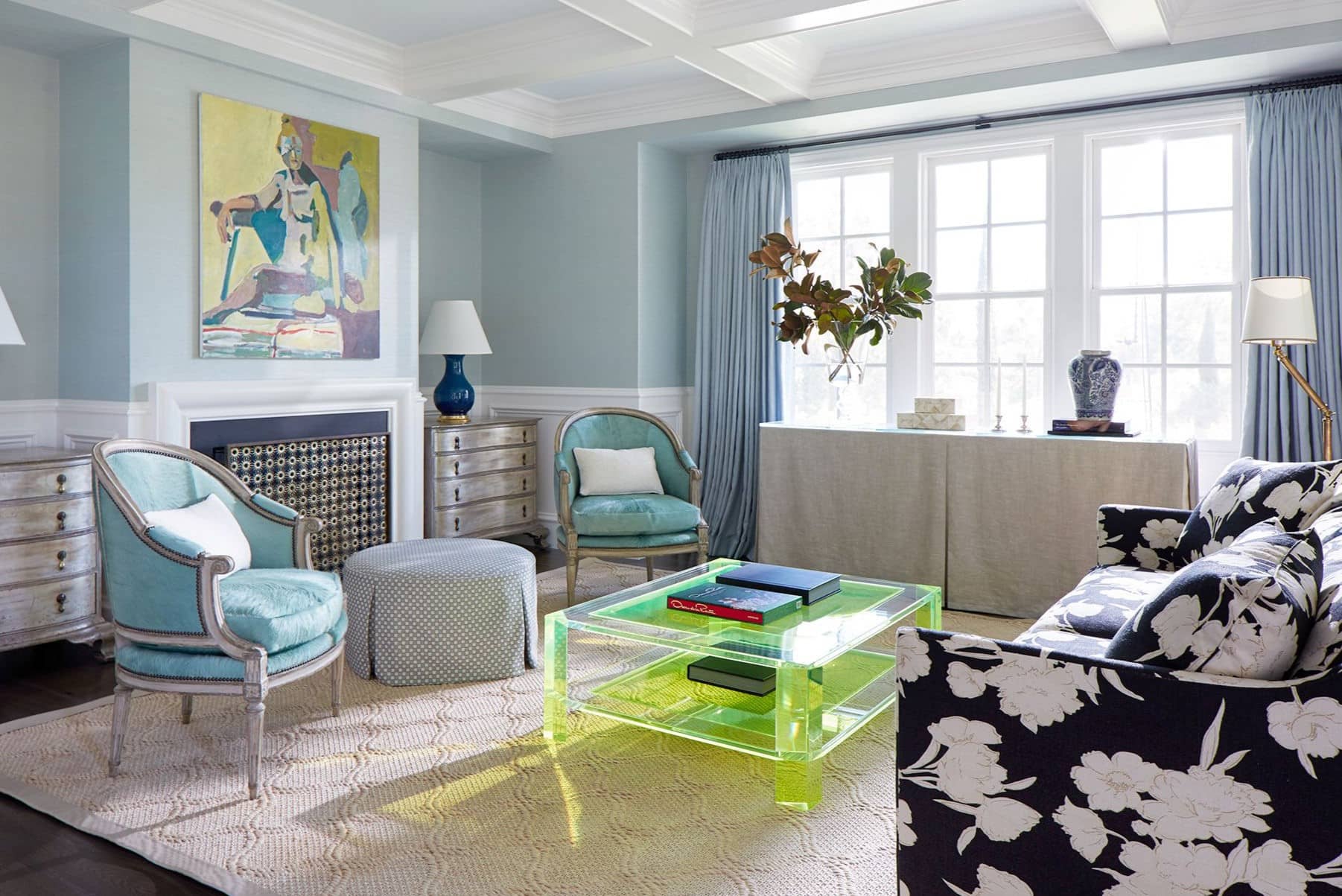
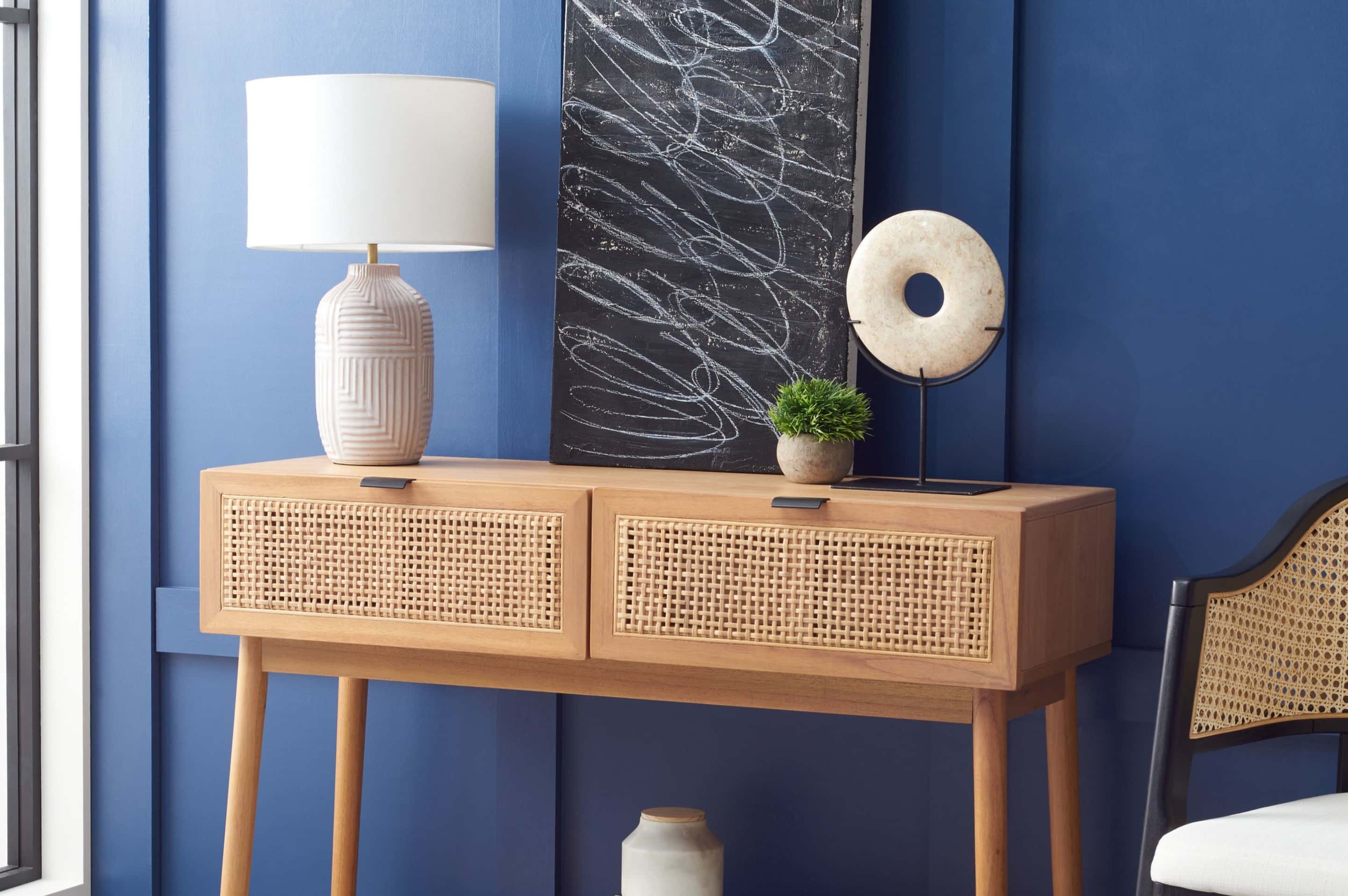
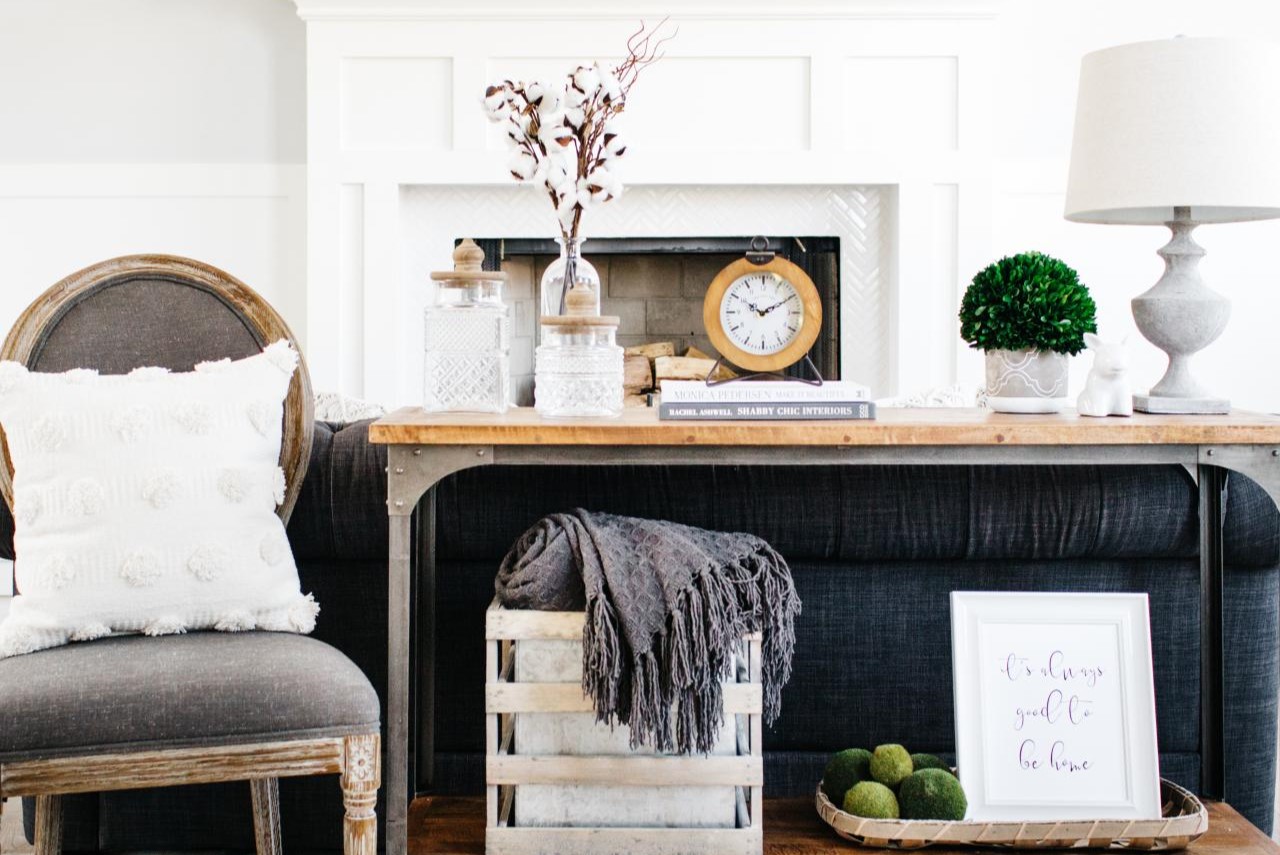
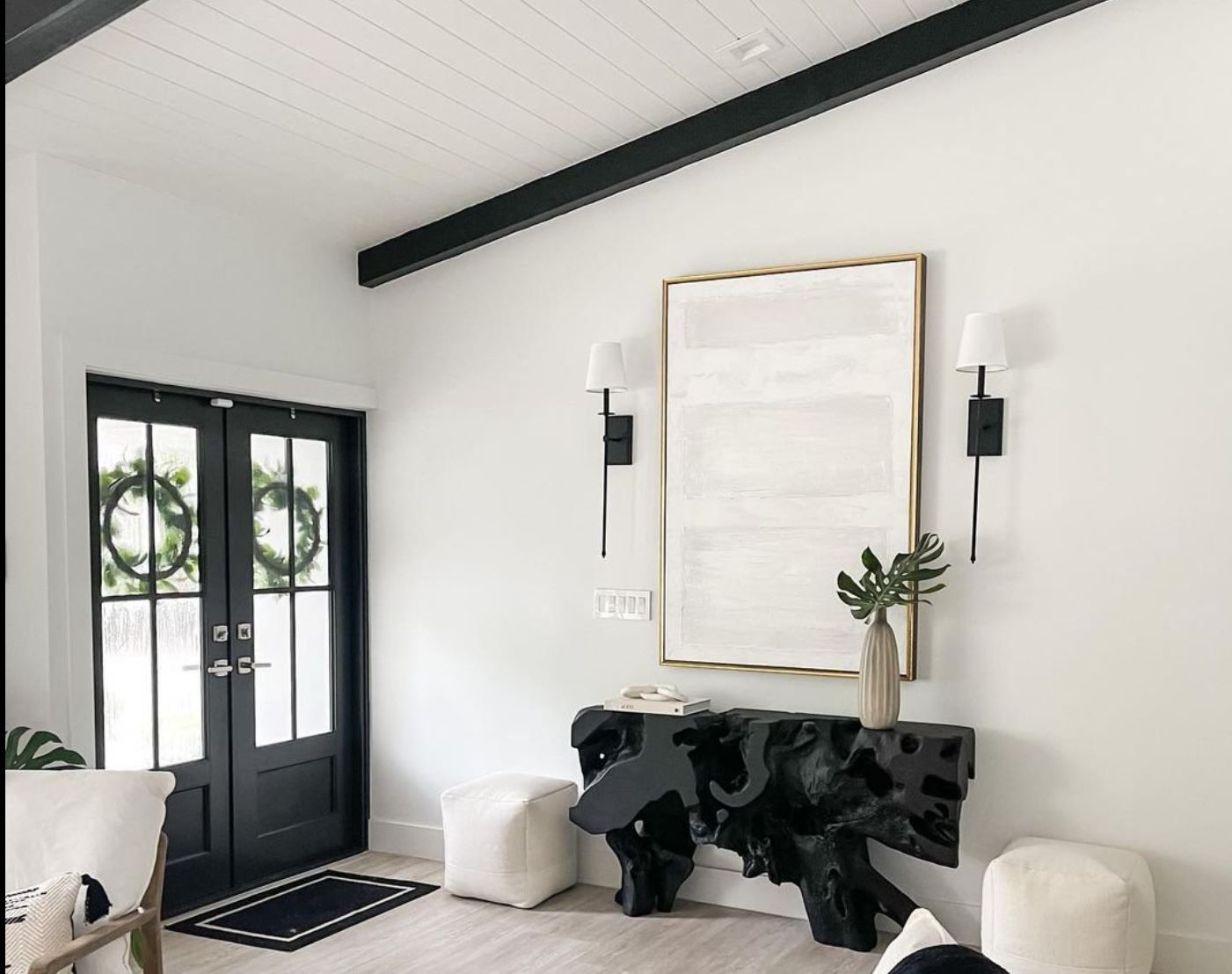
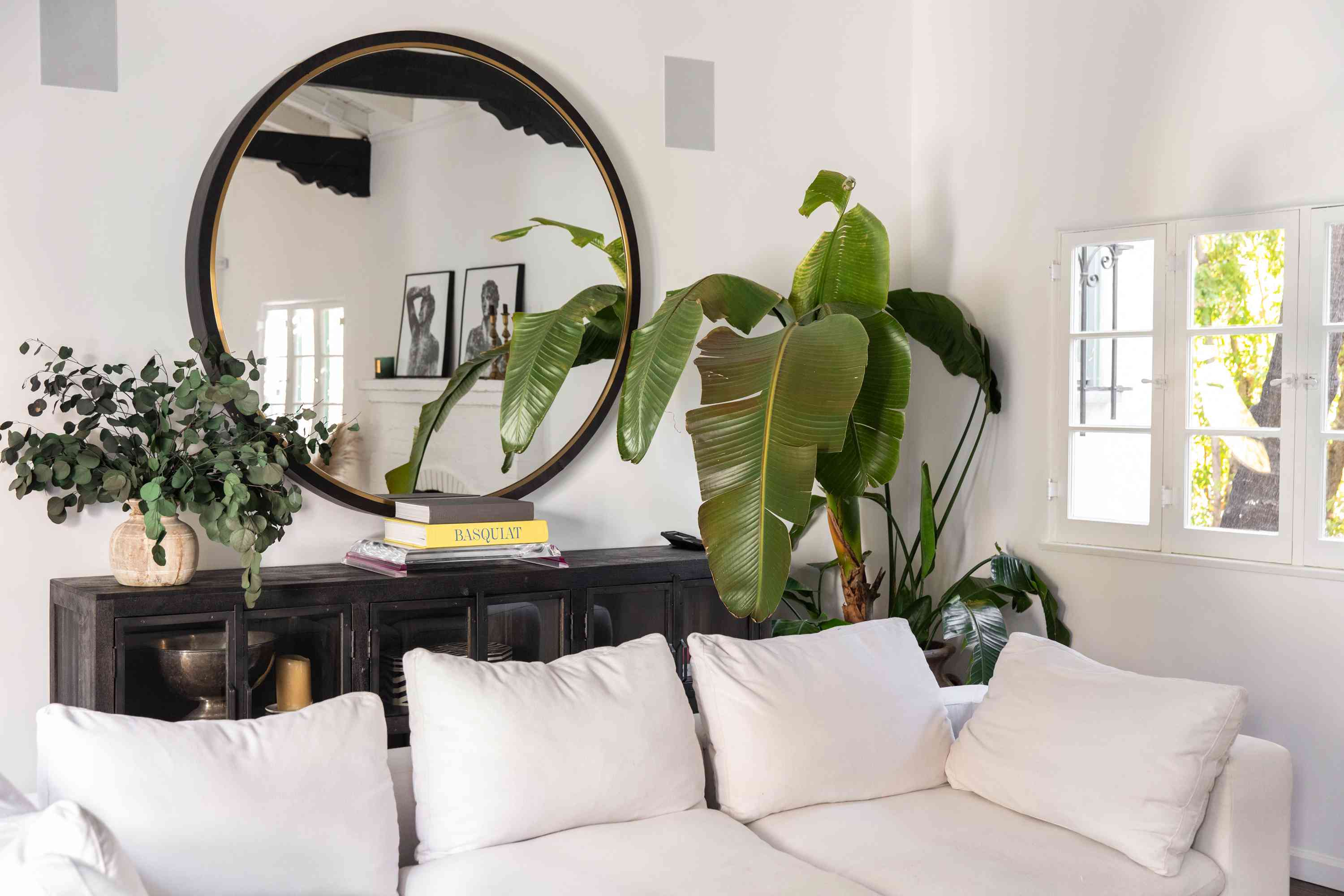
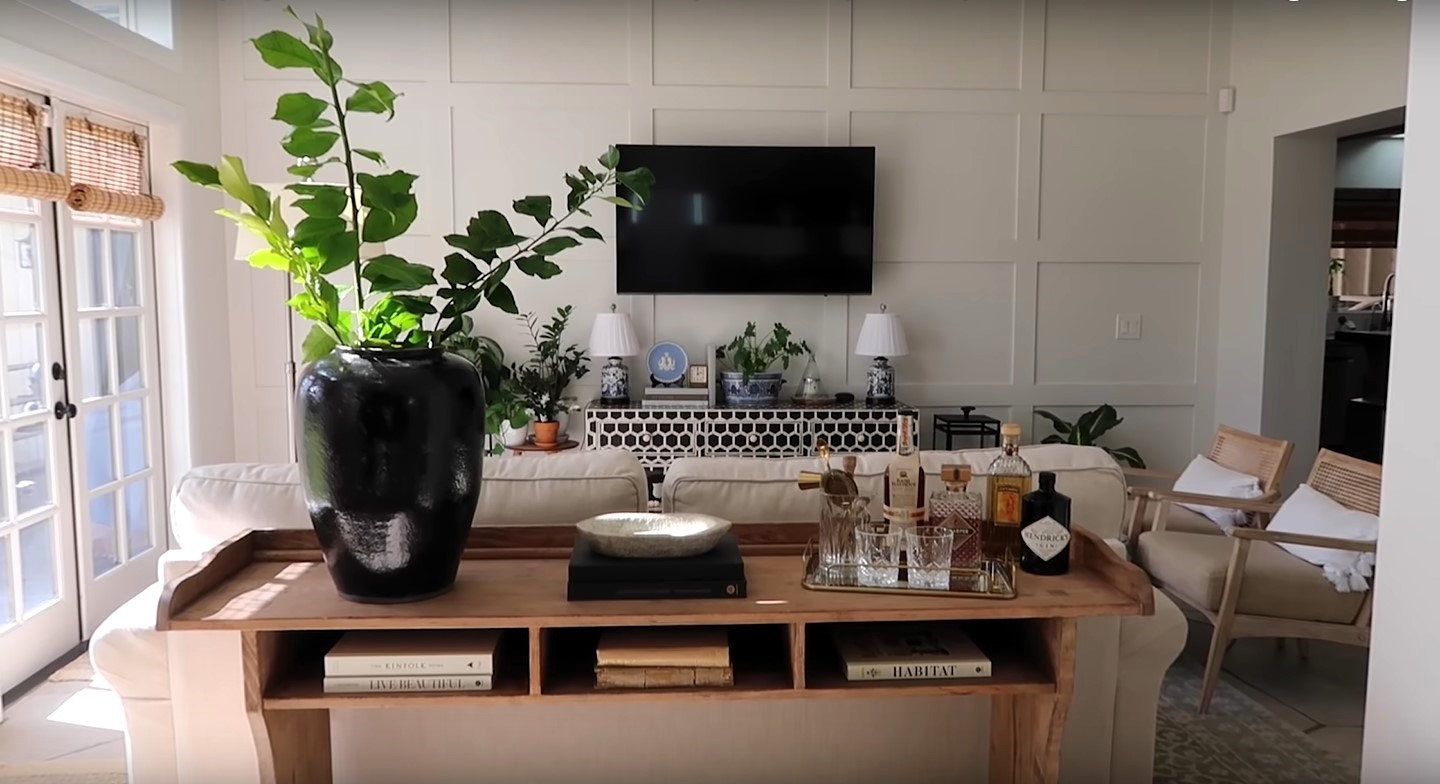

0 thoughts on “What Is A Console Table?”